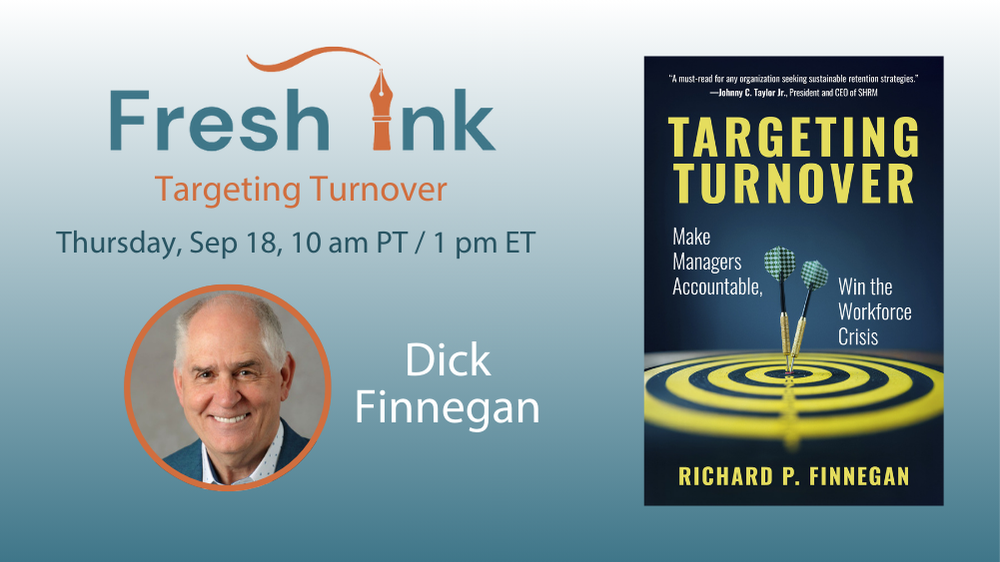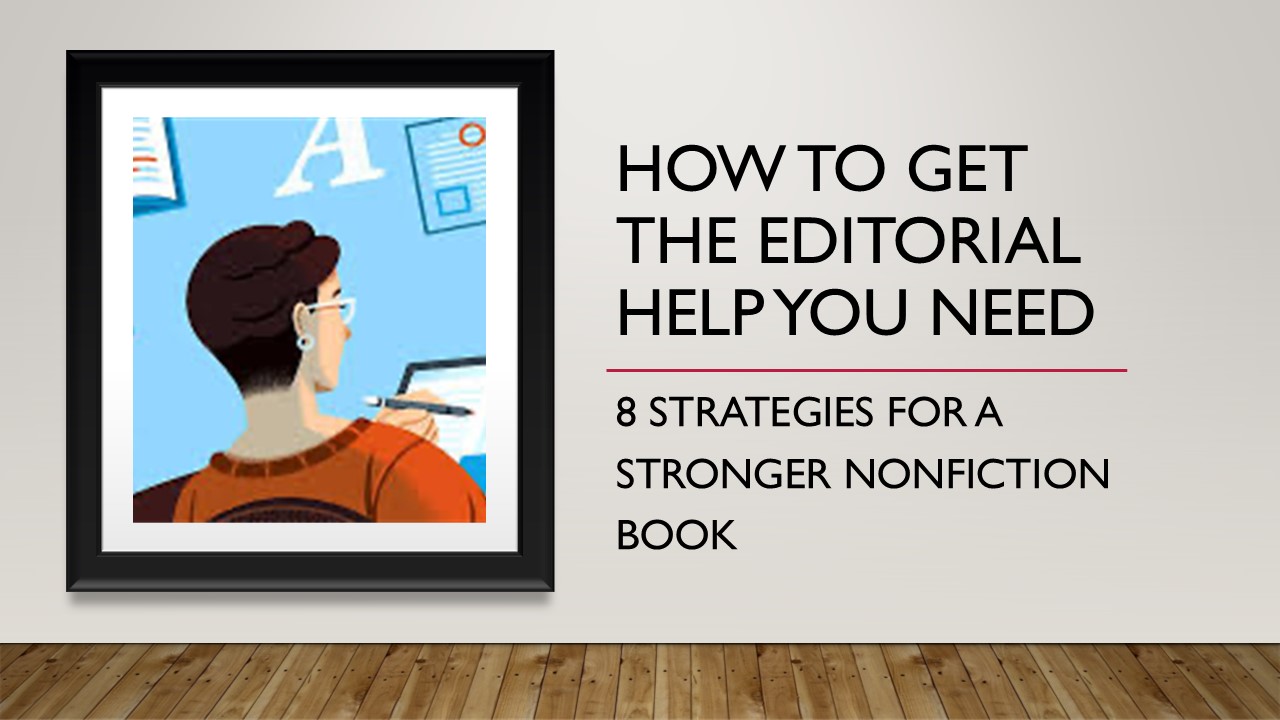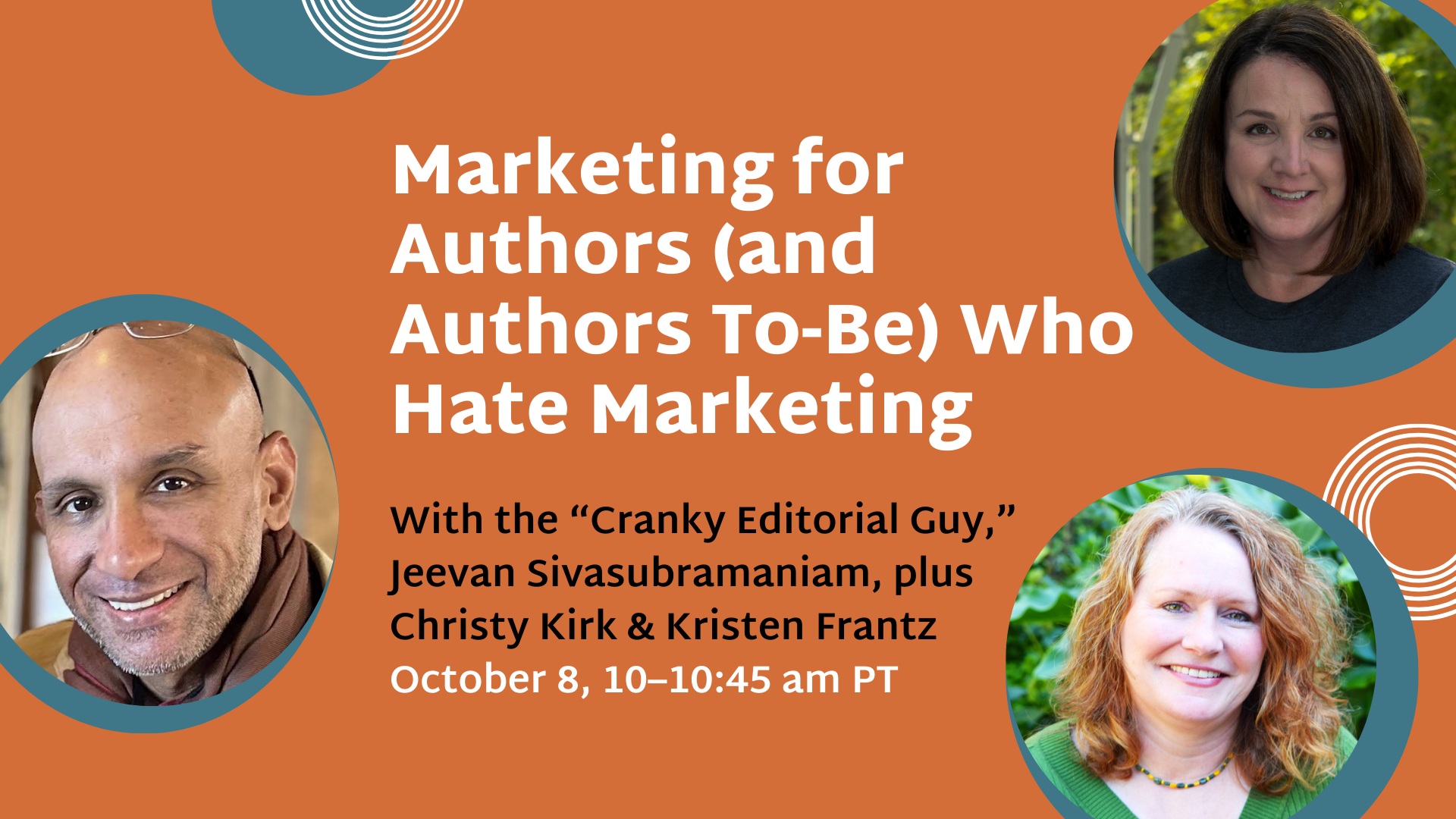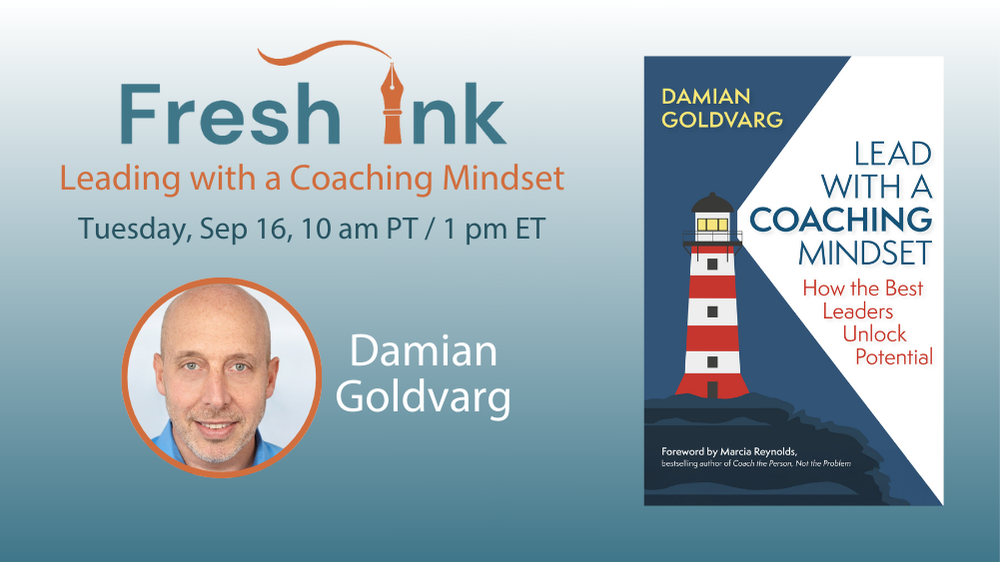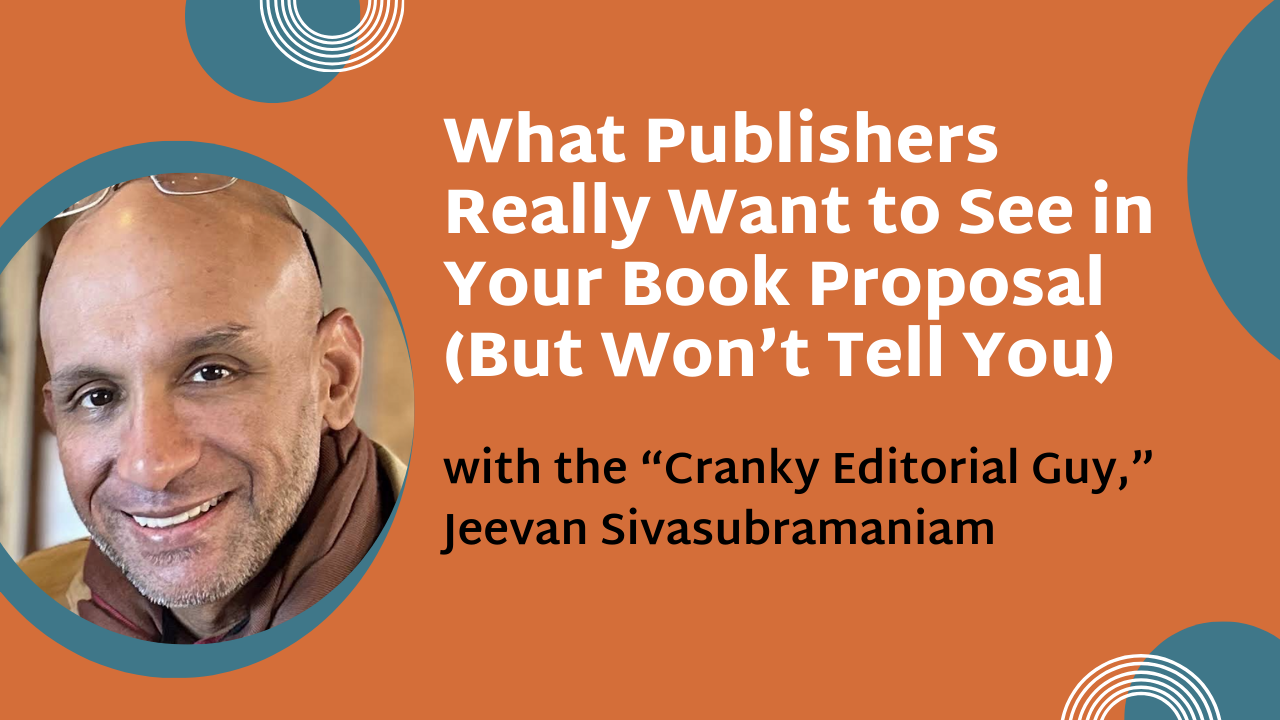Key takeaways
- Dick Finnegan presented his book Targeting Turnover, which addresses two major workforce issues: the declining growth of working-age population (“The Great Gully”) and the need to make managers accountable for employee retention.
- The U.S. working-age population growth has declined dramatically from nearly 5% (2000-2005) to about 1% currently, creating a workforce crisis that will worsen over time.
- The U.S. birth rate has been below replacement level (2.1 children per woman) since 1972, with a particularly sharp decline since 2010, partly attributed to smartphone usage reducing social interactions.
- The number one reason employees stay or leave is how much they trust their immediate supervisor, not company-wide programs or benefits.
- Finnegan’s retention methodology (“Finnegan’s Arrow”) includes: calculating turnover costs, setting retention goals, conducting stay interviews, forecasting employee tenure, and implementing accountability systems.
- Stay interviews should be conducted by direct managers (not HR) and include five specific questions about why employees stay, why they might leave, and what managers can do about it.
- Companies implementing this methodology have reduced turnover by 30-58% across various industries, with one food processing company saving $81 million.
- Accountability is the key driver for retention success – managers must be held responsible for meeting specific retention goals.
Q & A summary
AI’s Impact on Retention
HR Academic: As we shift from quality jobs to quality careers, how do you see the employer-employee relationship evolving in the U.S. as AI reshapes tasks and skills? Does this look different globally? What will organizations need to do differently to retain trust and loyalty when technology may outpace traditional career paths?
Dick: There are two issues here. Regarding AI, everyone is still learning its capabilities and limitations. Historically, when new technologies affect employment, some jobs disappear while new ones are created. With worker shortages, AI help could be beneficial. For career development, the focus should be on learning rather than complicated career ladders. The second stay interview question is “What are you learning here and what would you like to learn?” Managers should help employees learn, recognizing that everyone in the organization can be a trainer.
Accountability for Retention
John: Accountability is great in theory. Do organizations set retention KPIs? Are you aware of any executives who have been disciplined for failure to meet retention targets?
Dick: No. At conferences, when asking if anyone can name someone fired for low employee engagement scores, no one raises their hand. This is a travesty. Gallup reports employee engagement hasn’t improved in 25 years and is actually weakening. The issue isn’t unclear jobs or ineffective managers, but rather that managers aren’t held accountable for engagement. The current approach of surveys and committees leads to ineffective one-size-fits-all programs instead of focusing on relationships.
Manoel: At Procter & Gamble, where I worked for 10 years, managers were tracked on “regret turnover” (losing top performers). In a meeting of marketing directors for Latin America, only two directors had never had regret turnover in their careers, and I was one of them. In P&G’s up-or-out culture, if you don’t demonstrate ability to retain talent, you would eventually be expelled.
Implementing a Retention Program
Cecile: What are major steps in setting up a full-scale retention program? How long does such a program take to implement with buy-in? What incentivizes such implementation?
Dick: Following the Finnegan’s Arrow model: First, build executive team buy-in by showing the cost of turnover in dollars, not just percentages. Second, establish agreement on goals (one for overall turnover, one for new hire retention) and who should own these goals. Third, train managers to conduct stay interviews and forecast how long each person will stay. The real secret isn’t stay interviews but accountability – holding managers responsible for meeting retention goals.
Stay Interview Responsibility
Jacqueline: Should stay interviews be conducted by the direct manager or HR?
Dick: 100% by direct managers. They have to build trust with employees. It’s a “limbo game” – how low in the organization can you go? One industrial company extended stay interviews to team leads while another only used supervisors; the first approach worked much better. It’s about the people employees face every day.
Key Manager Behaviors
Dalton: With these new goals in play, what are the three behaviors you’d want every manager to adopt tomorrow to keep their teams engaged and loyal?
Dick: It depends on what each individual employee needs – it’s no longer one-size-fits-all, especially since the pandemic. The key is training managers to ask questions, listen to answers, take notes, and most importantly, probe deeper (“Tell me more,” “Help me understand,” “Give me an example”). This converts 5 questions into 25 questions, leading to 2-3 things the manager and employee can do together to improve the situation. The “stay plan” that results is the magic.
Realistic Job Previews
Jeremy: Your book shares a story of interviewers taking their interviewees out onto the floor and showing them the working conditions. Could you talk more about that?
Dick: Most selection processes determine if a person can do the job, some assess if they will do the job, but none measure how long they’ll stay. A realistic job preview shows candidates the parts of the job that people typically quit over. At White Castle, which was losing 70% of new hires in 90 days, managers would take candidates through 7 “stations,” including standing by the hot grill (showing burn marks), carrying heavy boxes into freezers, and cleaning restrooms. After experiencing these conditions, candidates would discuss which parts they liked least and how much they disliked them. This helps determine if they’ll stay. Other effective retention strategies include increasing employee referrals and making job offers in ways that increase loyalty.
Remote Worker Retention
Beth: In a remote worker world, what are the top 3 things managers and organizations can do to impact retention?
Dick: Managers need to develop good relationships with remote workers, but in a structured way – not just casual check-ins. They need meaningful conversations, which is what stay interviews provide. The Wall Street Journal interviewed six people who had been hired and quit without ever meeting their manager face-to-face, and they reported “not feeling like anything.” Stay interviews help create those connections.
Other Event Summaries
No one can edit their own book, but there are seven simple strategies for better ensuring you do the right prep to get the best feedback, resulting in a stronger work.
Ever since that childhood debacle with the lemonade stand, there are plenty of nonfiction authors and to-be authors who hate the idea of self-promotion and marketing, so what should they do?
Continue Reading Marketing for Authors (and Authors To-Be) Who Hate Marketing
Damian Goldvarg’s new book “Lead with a Coaching Mindset” applies the 8 core competencies from the International Coach Federation to leadership. These include: ethical standards, coaching mindset, building relationships, trust, presence, communication (listening), creating awareness, and implementing learning.
Continue Reading How to lead with a coaching mindset: A Fresh Ink interview with Damian Goldvarg
All nonfiction book proposals ask for the same basic bits of information, but what are publishers really looking for? What are the words, commitments, and things that make them sit up and take notice and what makes for a damn good proposal? In this webinar on September 10, 2025, Jeevan Sivasubramaniam (who has reviewed, no…
Continue Reading What Publishers Really Want to See in Your Book Proposal (But Won’t Tell You)
Agents can figure out if your book will sell, refine your proposal, introduce your book to the editors that are the best fit, and help you ensure you get a fair contract. They can’t work miracles.
